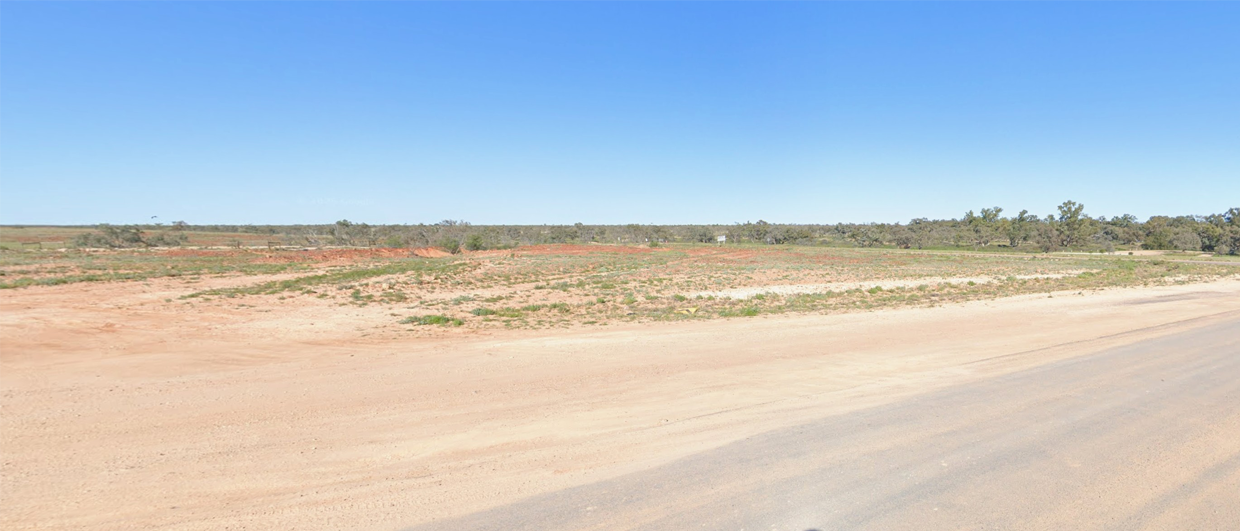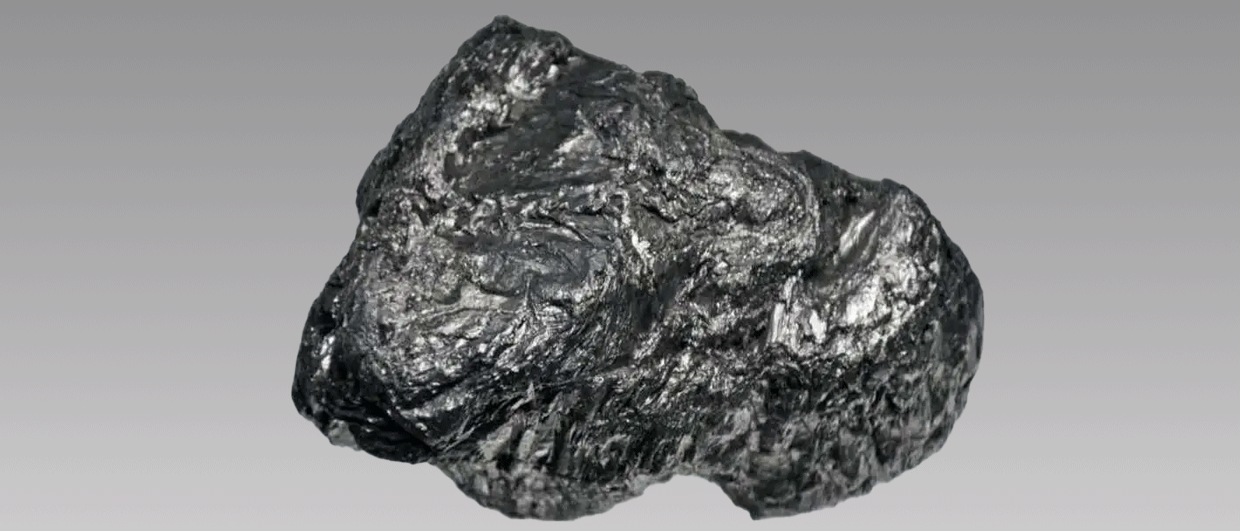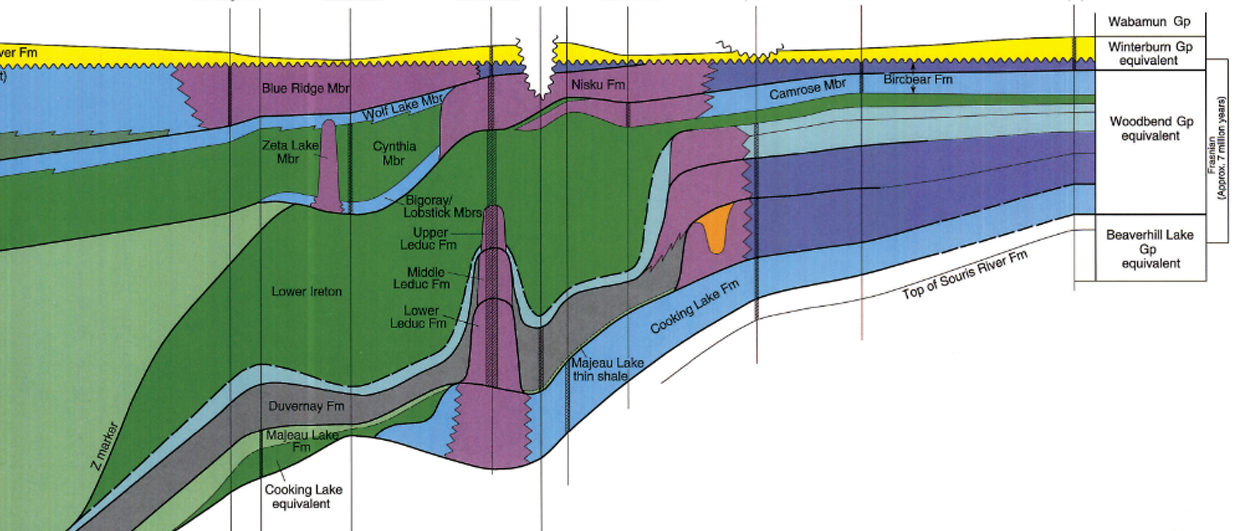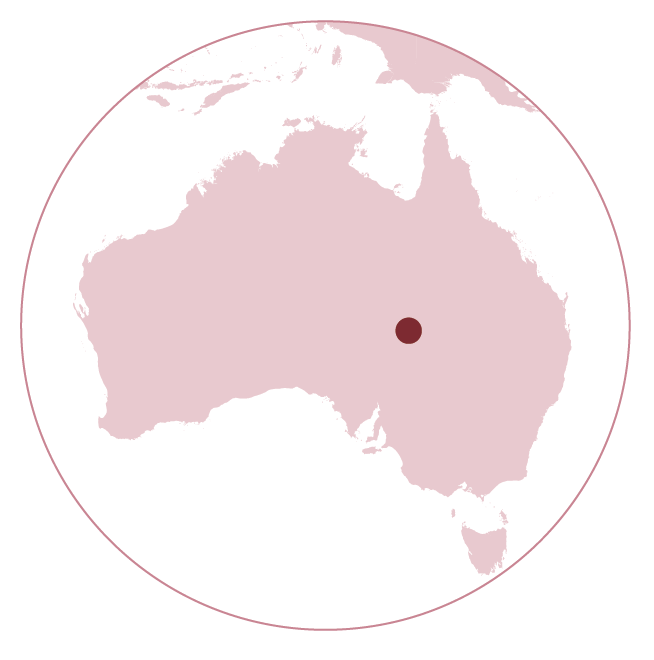 Despite receiving just 165 mm of rain annually, Coopers Creek flows year-round, an anomaly that has lured generations of explorers in pre-history to early European settlers. Exploration by geologist Reg Sprigg, founder of Santos and Beach Energy, led to drilling the Moomba-1 well in 1965, unlocking Australia’s largest onshore gas field in the Cooper Basin. It also heralded the discovery of the Big Lake Suite granite (BLS granite) basement, with its unrealised lithium-brine potential, which is today attracting global attention.
Despite receiving just 165 mm of rain annually, Coopers Creek flows year-round, an anomaly that has lured generations of explorers in pre-history to early European settlers. Exploration by geologist Reg Sprigg, founder of Santos and Beach Energy, led to drilling the Moomba-1 well in 1965, unlocking Australia’s largest onshore gas field in the Cooper Basin. It also heralded the discovery of the Big Lake Suite granite (BLS granite) basement, with its unrealised lithium-brine potential, which is today attracting global attention.
Hydro Lit’s Cooper Lithium Project isn’t just another resource play, it’s a geological jackpot. Fluids trapped within the granite have very high lithium concentrations and minimal impurities, positioning Australia to become a major force in the global battery supply chain as the world faces a looming lithium shortfall.
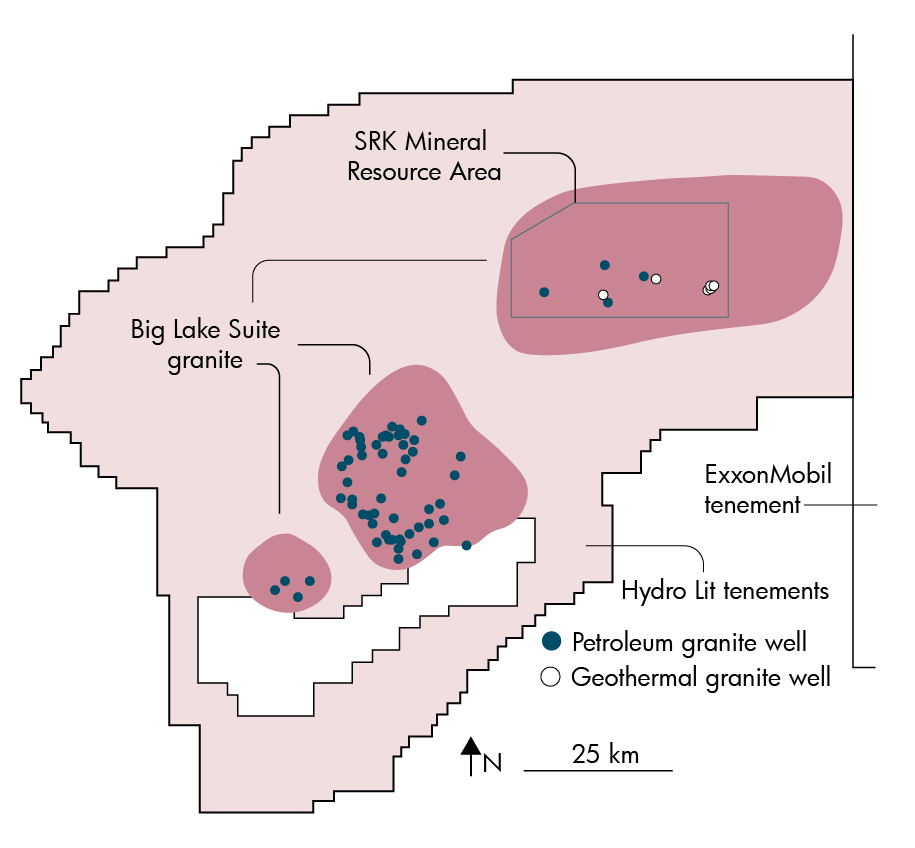
From hot rocks to lithium riches
In 2003, a geothermal drilling campaign by Geodynamics targeting the BLS granites made a surprising discovery. Instead of hot dry rocks, they struck wet fractured rock with brines at 200° C, flowing up to 40 l/sec. Over a decade, water samples from five deep wells revealed lithium levels up to 320 mg/l, with minimal impurities. The geology tells a remarkable story: 300 million years ago, glacial waters flooded exposed granite. Subsequent burial and heating by radioactive decay caused leaching of lithium from hydrothermally altered minerals into a vast, fractured reservoir now forming the lithium resource for Hydro Lit’s Cooper Lithium project.
A resource of global significance
A Mineral Resource Area (MRE) covering only 700 km² of Hydro Lit’s 10,000 km² mineral leases holds a JORC-inferred 25.2 million tonnes of lithium carbonate equivalent. Recovering only 10 % of those fluids and utilising Direct Lithium Extraction (DLE) could supply batteries for 40 million electric vehicles.
The hot brines also offer a rare dual benefit: Clean geothermal energy for emissions-free lithium extraction. Backed by generous R&D tax and critical minerals production incentives and full control of the lithium-rich fairway, Hydro Lit holds a strategic first-mover advantage, even as major players like ExxonMobil eye the region too.
The future beckons
Hydro Lit is deploying advanced geophysics to pinpoint high-flow fault zones for targeted extraction. A 12-month pilot project is set to prove lithium recovery and geothermal technologies, with results expected by late 2026. The goal: Deliver low-cost, green lithium just as the world confronts a looming supply crunch.
Explorers Burke and Wills missed their rescue arriving at the Dig Tree a day too late. While Geodynamics geothermal project missed its commercial mark, it left behind a rich trove of data. Unlike Burke and Wills, whose poor timing resulted in their deaths along Coopers Creek, Hydro Lits timing is perfect to lead Australia’s next critical mineral revolution. And this time, they know exactly where to dig.

